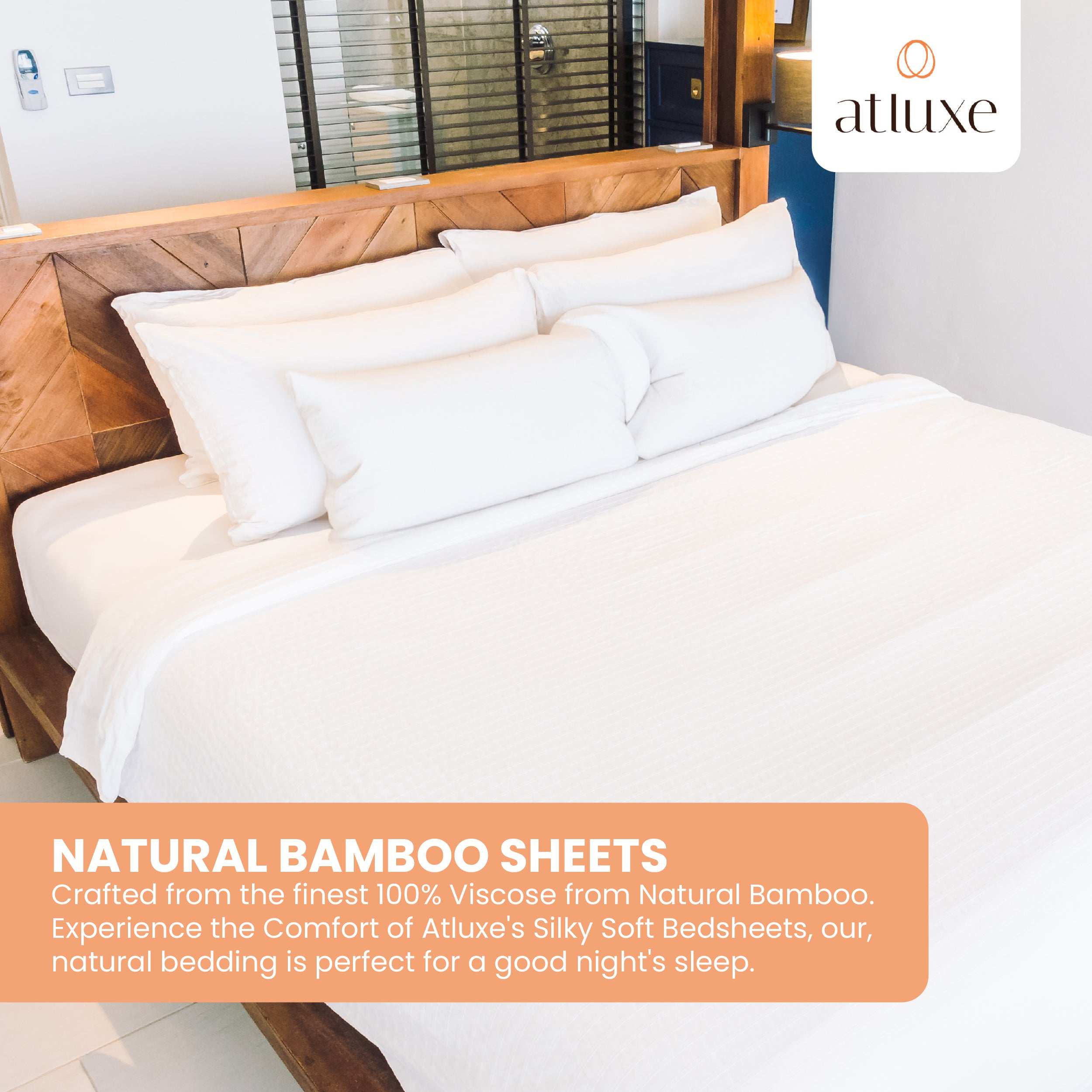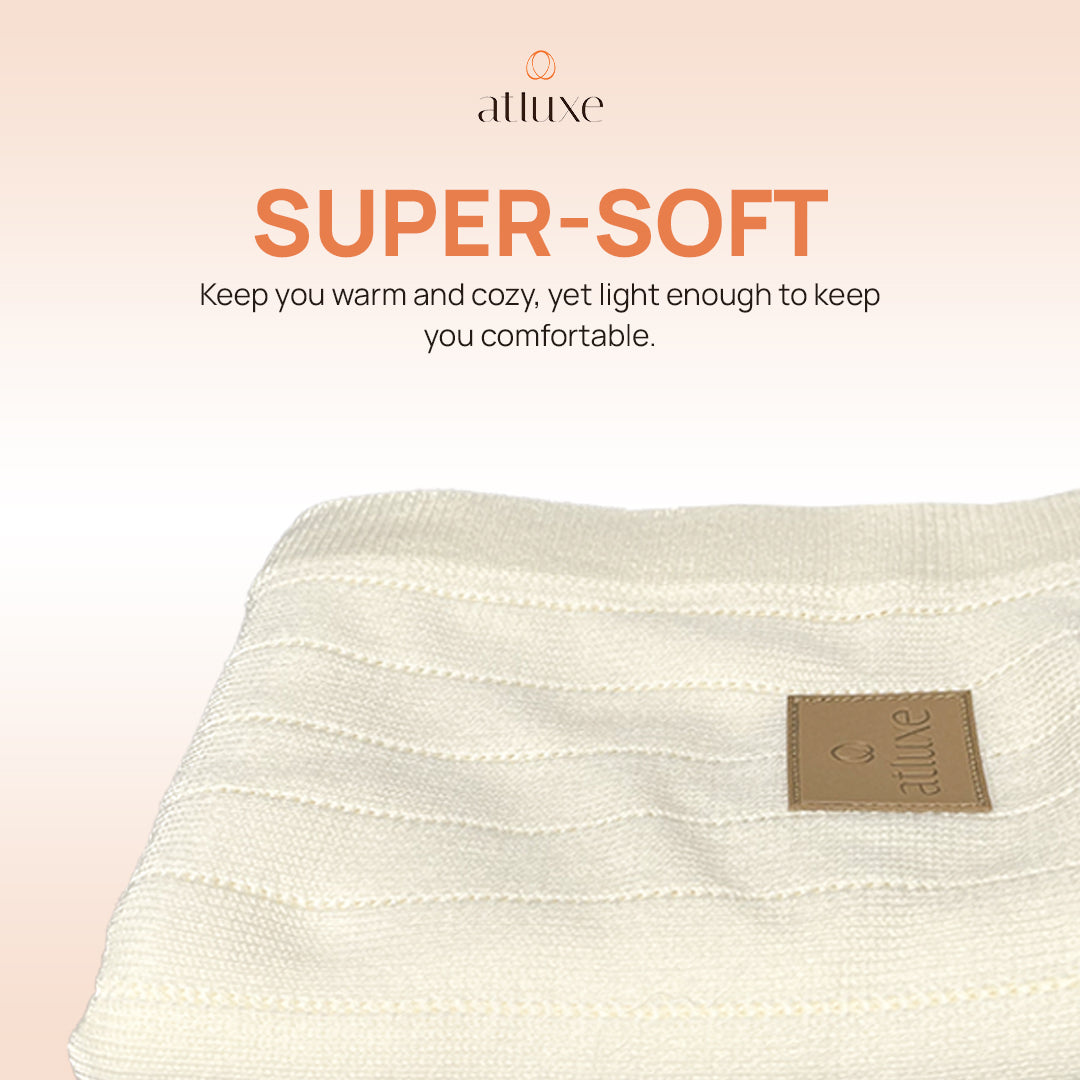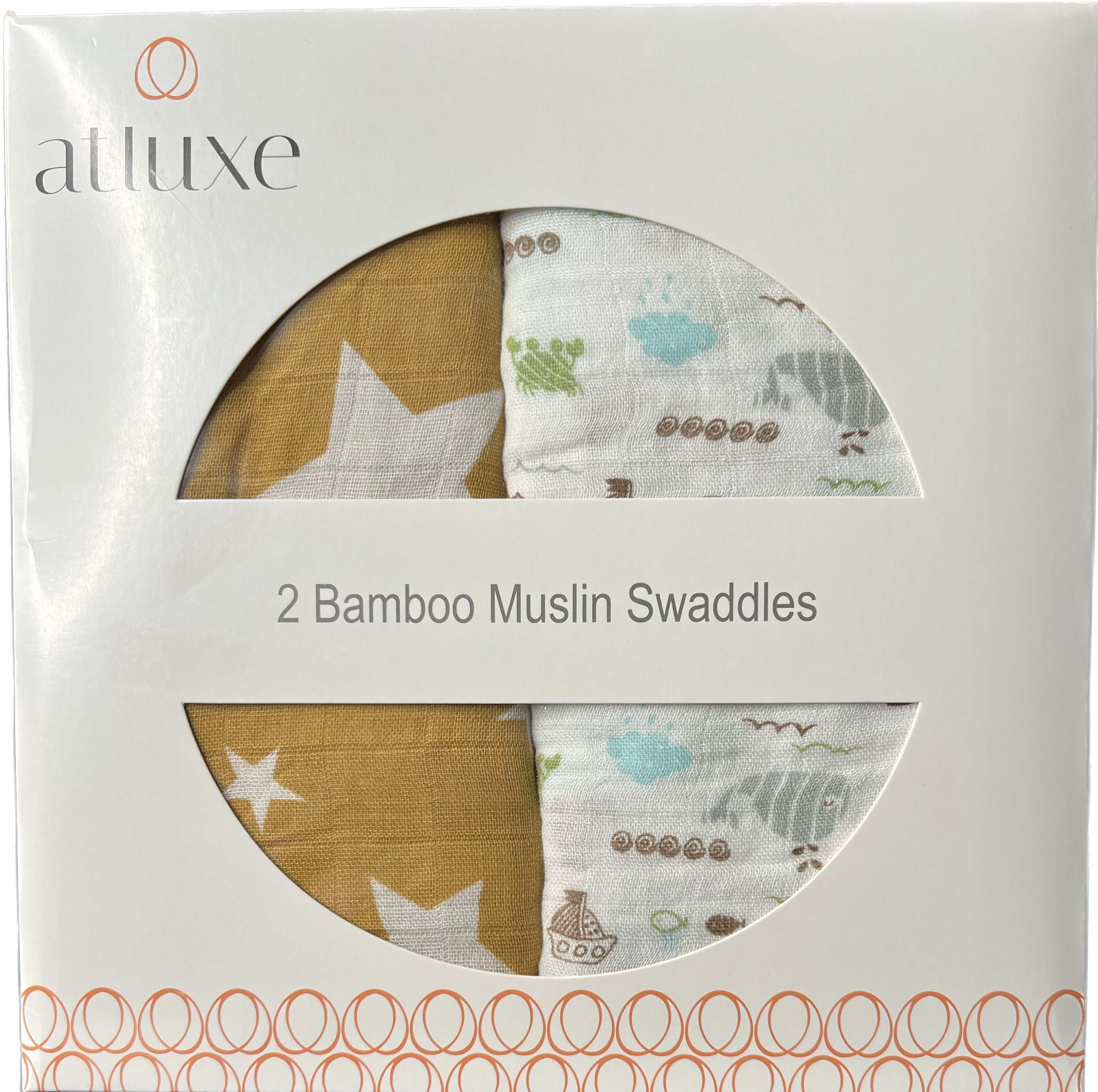Natural comforters are gaining popularity among those seeking versatile bedding options. But, are they suitable for every season? In this blog, we’ll explore the qualities of natural comforters and how they perform throughout the year.
Understanding Natural Comforters
Learn what natural comforters are made of and how they differ from synthetic options.
Natural comforters are crafted from organic materials such as cotton, wool, or silk. These materials lend themselves to breathability and moisture-wicking capabilities, keeping you comfortable no matter the temperature.
Unlike synthetic comforters, which may contain polyester and other artificial fibers, natural comforters are biodegradable and often hypoallergenic. This makes them a fantastic choice for eco-conscious individuals.
Moreover, natural fibers are designed to regulate your body temperature effectively. This quality is particularly beneficial since it helps in preventing overheating during warmer months while keeping you cozy in the colder seasons.
Benefits for Different Seasons
Discover the benefits provided by natural comforters across winter, spring, summer, and fall.
In winter, a wool or down-filled natural comforter provides exceptional insulation, trapping heat and ensuring warmth throughout the night. The natural loft of these materials makes snuggling up a dream!
As spring arrives, a cotton natural comforter can be your go-to bedding option. Light and breathable, cotton helps maintain an ideal body temperature as the weather shifts from chilly to pleasantly warm.
When summer strikes, consider opting for a thinner cotton or bamboo comforter. Both of these materials excel at wicking moisture away from your body, helping you stay cool and comfy during those sweltering nights.
In the fall, a versatile natural comforter can blend fabrics for varying comfort levels. For instance, a cotton-wool blend can adapt to the cooler nights while offering versatility as temperatures dip but not drastically.
Choosing the Right Fill
Explore various fill options like cotton, wool, and down, and how they impact seasonal comfort.
When selecting a natural comforter, consider the fill as it directly affects warmth and breathability. Wool is known for its insulating properties, making it perfect for colder climates.
On the other hand, down comforters can be wonderfully fluffy and warm, but they may not suit those allergic to feathers. Opt for hypoallergenic down alternatives if that’s a concern.
For those with environmental considerations, cotton is an excellent choice. Its lightness makes it extremely comfortable during hot months while also being warm enough in cooler weather when properly layered.
In addition to filling, look at the tog rating, which indicates the comforter’s warmth level. A lower tog is ideal for summer months, whereas a higher tog meets those wintry needs.
Layering Techniques
Find out how to layer your bedding for optimal comfort throughout the changing seasons.
Layering is key! To maximize the comfort of your natural comforter, start with a light cotton sheet. Depending on the season, you can add a duvet cover for extra warmth or opt for a lightweight throw for a bit of texture.
During colder months, try using a thicker comforter on top while maintaining breathable sheets underneath. As the temperature warms up, remove layers gradually for a customized sleep experience.
Another layer tip is to use seasonal color palettes. Earthy tones in the fall and soft pastels in the spring can easily transform your bedroom, creating an inviting atmosphere while you sleep.
Care Tips for Longevity
Learn how to take care of your natural comforter to ensure it remains suitable for all seasons.
Taking care of your natural comforter is crucial to maintain its quality and longevity. Always check the care label for proper washing instructions; many natural comforters can be washed in cold water on a gentle cycle.
Air drying is typically recommended, especially for wool and down types, as high heat can damage these materials. If needed, use a low heat setting in the dryer with dryer balls to maintain fluffiness.
Storing your comforter properly when not in use is just as important. Keep it in a breathable cotton bag to prevent moisture buildup, which can lead to mold and unpleasant odors.
Final Thoughts
In summary, natural comforters can indeed be suitable for all seasons, depending on their materials and design. By understanding the different types and their properties, you can choose the perfect comforter for your needs, regardless of the season.









Leave a comment